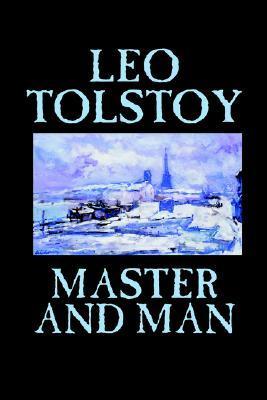
Father Sergius
Book Description
A prince turned monk grapples with the haunted shadows of love and betrayal. Father Sergius, seeking solace in a life of spiritual devotion, is thrust into a turbulent world where desire and faith collide. As he faces the seductive allure of the past and the relentless demands of his new path, the stakes rise. Will he emerge unscathed, or will the ghosts of his former life unravel his fragile peace? In a battle between the flesh and the spirit, what sacrifices must be made for true redemption? Dive into this gripping tale of inner turmoil and transformation.
Quick Book Summary
"Father Sergius" by Leo Tolstoy tells the story of Prince Stepan Kasatsky, a nobleman whose world is shattered when he discovers his fiancée’s betrayal. Seeking refuge from his wounded pride, Kasatsky abandons worldly life and becomes the monk Father Sergius. Dedicated to achieving spiritual enlightenment, Father Sergius isolates himself, but his journey is plagued by temptations—especially those of pride and desire. Despite rigorous asceticism, he is repeatedly tested, particularly by women—one of whom he resists through an act of self-mutilation. Disillusioned by his inability to fully transcend human impulses, Father Sergius leaves his hermitage, seeking genuine humility through serving common people. Tolstoy explores themes of spiritual struggle, pride, redemption, and the quest for authentic self-transcendence.
Summary of Key Ideas
Table of Contents
The Illusion of Spiritual Superiority
Prince Stepan Kasatsky, renowned for his intelligence, ambition, and integrity, is dealt a profound emotional blow when he learns his beloved fiancée had a romantic relationship with the Tsar. Unable to cope with the perceived betrayal, he abandons his aristocratic life and enters a monastery, adopting the name Father Sergius. Rumors of his piety and charisma attract the attention of others, and he is soon revered as a man of unusual spiritual insight. Yet from the outset, Father Sergius’s motivations are entangled with pride, as he seeks solace and validation in the approval of others and the perceived purity of religious life.
Temptation and Human Weakness
As Father Sergius gains renown, he attempts to adhere to extreme ascetic practices to suppress worldly desires. His resolve is sorely tested during a night when a seductive visitor tries to lure him. In a moment of desperation, he resorts to self-mutilation—cutting off one of his own fingers—to resist temptation. Although this act cements his reputation as a living saint, it exposes the underlying tension in his soul: his battle is not with the world, but within himself. External displays of sanctity mask the deeper spiritual unrest that continues to haunt him.
The Search for Redemption
Despite his efforts at spiritual discipline, Father Sergius gradually realizes that pride still saturates his thoughts and actions. He is troubled by his influence over others and his internal craving for recognition, questioning whether his isolated existence truly brings him closer to God, or merely insulates him from the realities of genuine compassion and humility. His internal struggle becomes more pronounced as he recognizes that his virtue is often motivated by fear of shame or the desire for superiority, rather than genuine love or faith.
The Nature of True Humility
After a series of encounters that unsettle him further, Father Sergius ultimately abandons his renowned hermitage. Driven by a need for authentic humility, he wanders anonymously, eventually finding purpose in serving the poor and disadvantaged. Through these acts of unheralded kindness, he begins to unburden himself from pride and achieve a sense of inner peace unavailable in isolation. Tolstoy underscores that spiritual redemption comes not through dramatic gestures or withdrawal from the world, but through modest acts of compassion—undergirded by humility and self-awareness.
Conflict Between Flesh and Spirit
In the end, Father Sergius’s journey is one of gradual self-discovery, revealing the complexities of faith and the persistent challenge of conquering ego. Tolstoy presents the protagonist’s struggle as emblematic of the larger human experience: a ceaseless striving between the flesh and the spirit, between pride and humility, between outward appearances and authentic transformation. The story’s enduring relevance lies in its honest portrayal of spiritual aspiration, failure, and the potential for redemption through humble service.
Download This Summary
Get a free PDF of this summary instantly — no email required.





